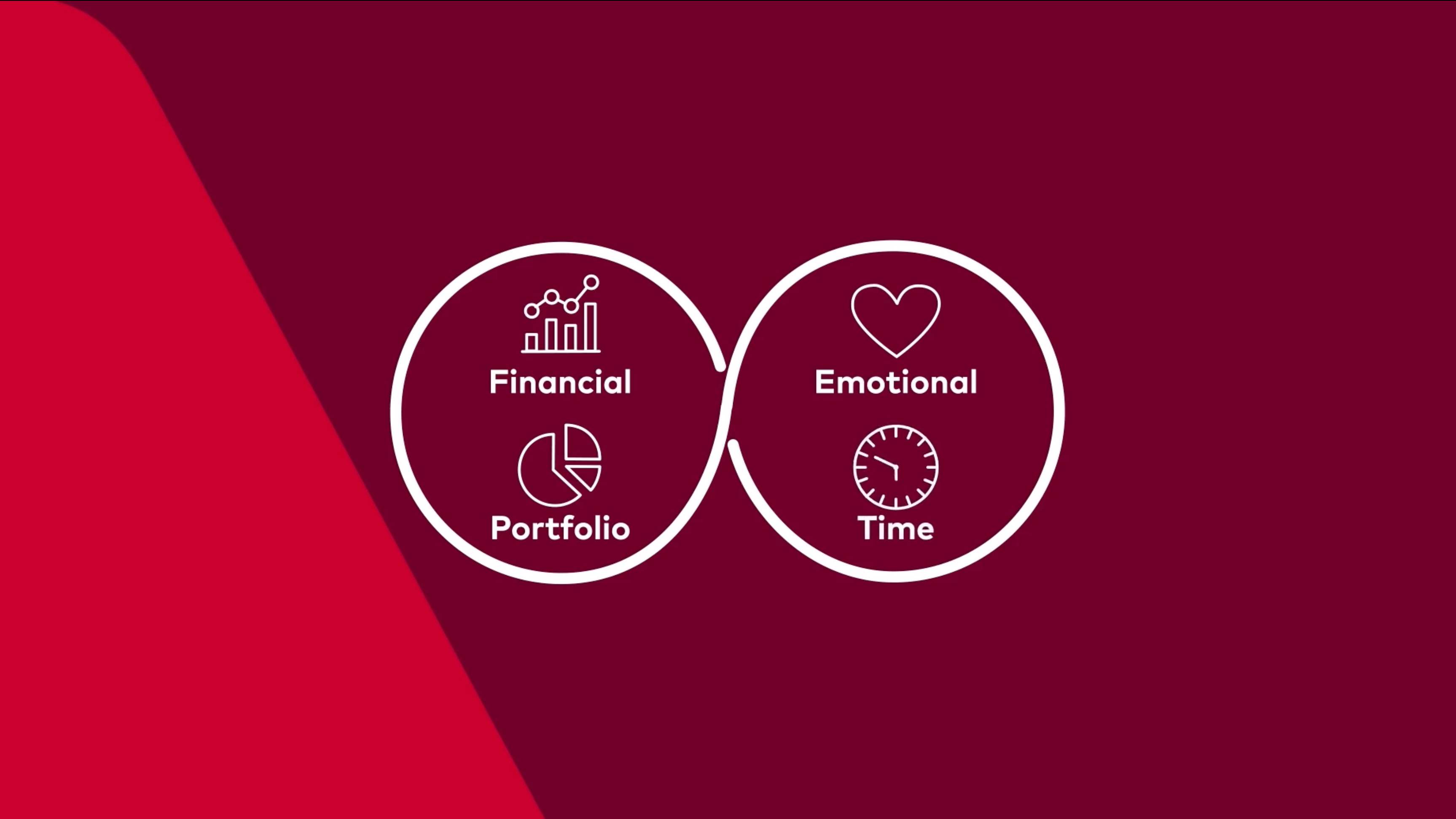In financial services marketing there is a debate around always-on vs campaign marketing. At Hub, we think both have a place in a marketing strategy. Always-on provides continuous engagement and data-driven personalisation; campaign marketing provides focused, time-bound initiatives to drive awareness and action when needed.
In this article, we’ll look at how financial services firms can use both to achieve their goals. We’ll draw on insights from our podcast, The Growth Engine, where Charlotte Lamb, Demand Generation Director at BNY Mellon, talks about her experience of running demand generation programmes. We’ll also reference some of Hub’s own work and research into always-on marketing, which you can find more of on our Always-On Marketing page.
Always-On Marketing
Always-on marketing is where communication with customers is continuous and real-time. Instead of starting and stopping based on specific campaigns, always-on marketing keeps a brand top of mind by personalising interactions based on customer data and behaviour. This is especially important in financial services where customers make complex, long-term decisions. Being present throughout their journey increases the chances of being relevant when the customer is ready to buy.
At Hub, we help clients use always-on marketing to build these long-term relationships. As we say in our white paper, “Always-on marketing means constant engagement across multiple channels such as social media, email and mobile, to build relationships and give customers a consistent and personal experience.” (Always-on-whitepaper).
On The Growth Engine podcast, Charlotte Lamb talks about how BNY Mellon’s always-on demand generation programme in Spain increased marketing qualified leads (MQLs) by 8% compared to the Pan-European average of 3.9%. Charlotte’s example shows the benefits of this approach, and it’s one that can be applied across financial services.
When Campaign Marketing Makes Sense
While always-on marketing is great for continuous engagement, campaign marketing is a vital tool for creating short-term moments in your strategy. Campaigns allow for short-term pushes around specific products, services or time-bound opportunities. They’re especially useful for nudging investors from passive to active in-market, particularly during key moments like ISA season or behavioural trigger campaigns.
For example, many financial services firms see a spike in interest during ISA season—a critical time to push investors from consideration to action. Running a dedicated campaign during this period with targeted messaging around tax-efficient investment opportunities can create urgency and drive conversions. Similarly, behavioural trigger campaigns that respond to specific actions—e.g. an investor has browsed product information multiple times—can activate leads and prompt them to buy when they’re already engaged.
Always-on can actually make campaign marketing more effective because you can loop your audience into a different stage of the funnel and make the campaign more successful. It’s not about replacing campaign-led activity but enhancing it through continuous engagement and data.
Both Together for Best Results
The best marketing strategies combine both. Always-on builds the relationship with the customer, campaigns amplify the message when there’s a moment to do so. Always-on provides the steady beat of engagement, campaigns are the spotlight moments that drive action.
At Hub, we’ve seen success when clients use always-on tactics to nurture leads continuously and support existing customer relationships while running campaigns around new product launches, seasonal opportunities or behavioural triggers. For example, Charlotte Lamb’s always-on approach at BNY Mellon meant long-term engagement, while their campaigns were around high-impact product launches.
A great example from Hub’s own work is with Janus Henderson. By layering always-on on top of campaign-led activity, Hub increased organic website traffic by 87% and grew brand awareness by 430%. This shows what can be achieved when you combine the two.
Tips for Combining Always-On and Campaign
- Know your goals: Always-on is for relationship building and lead nurturing, campaigns are for specific time-bound goals like tax-efficient investments or product launches.
- Use data for both: Use data from always-on activity to inform your campaigns. For example, during ISA season, data on investor behaviour can be used to personalise messaging to their needs.
- Align sales and marketing: Sales teams need to know when to act on campaign results and how to use the ongoing insights from always-on to follow up on leads.
- Measure and optimise: Whether it’s a campaign or always-on marketing, measure engagement and test different approaches to refine both over time.
Hub’s Approach
We recommend a balanced approach. Always-on provides the consistency and engagement and campaigns are for making big moves and responding to market moments. In financial services, the combination of the two can give you the short-term visibility and long-term relationship building that equals long-term success.




